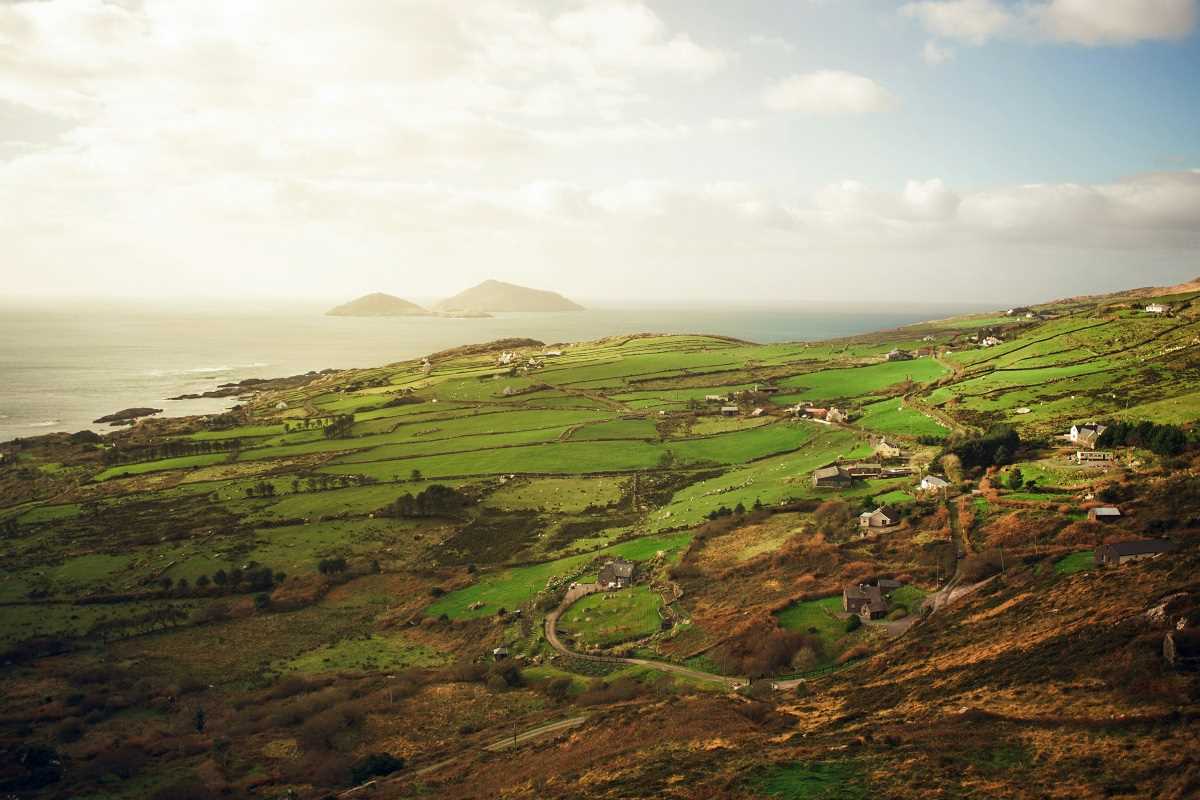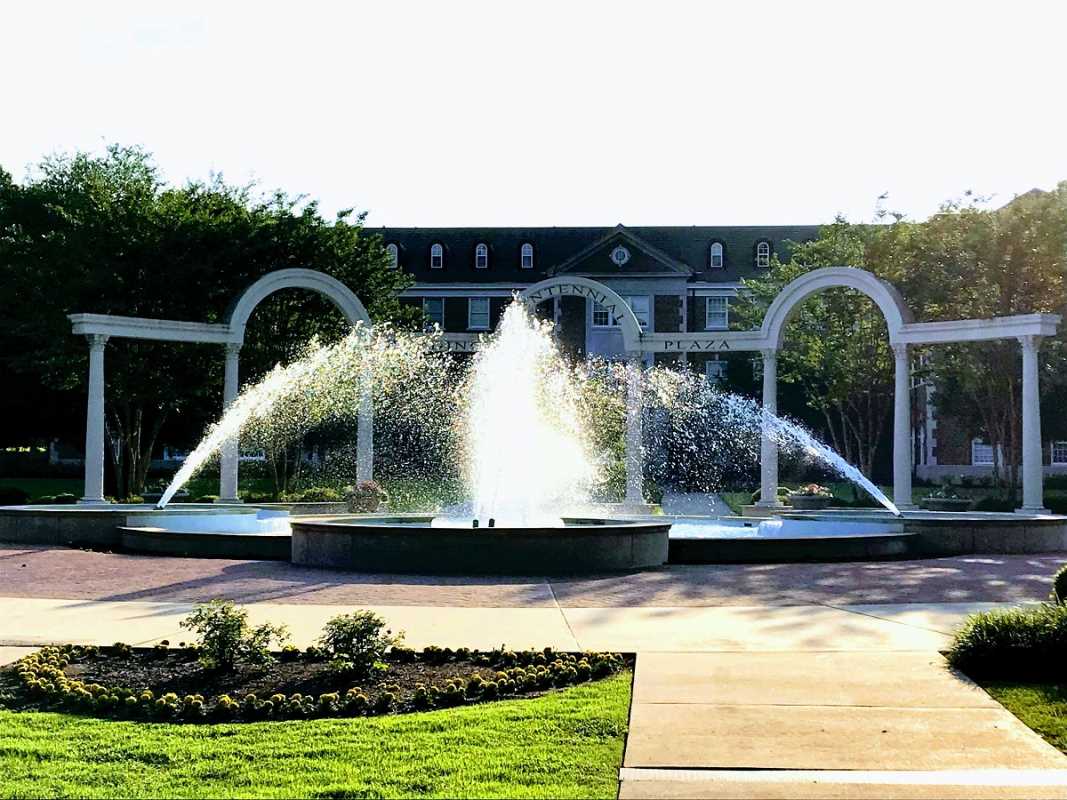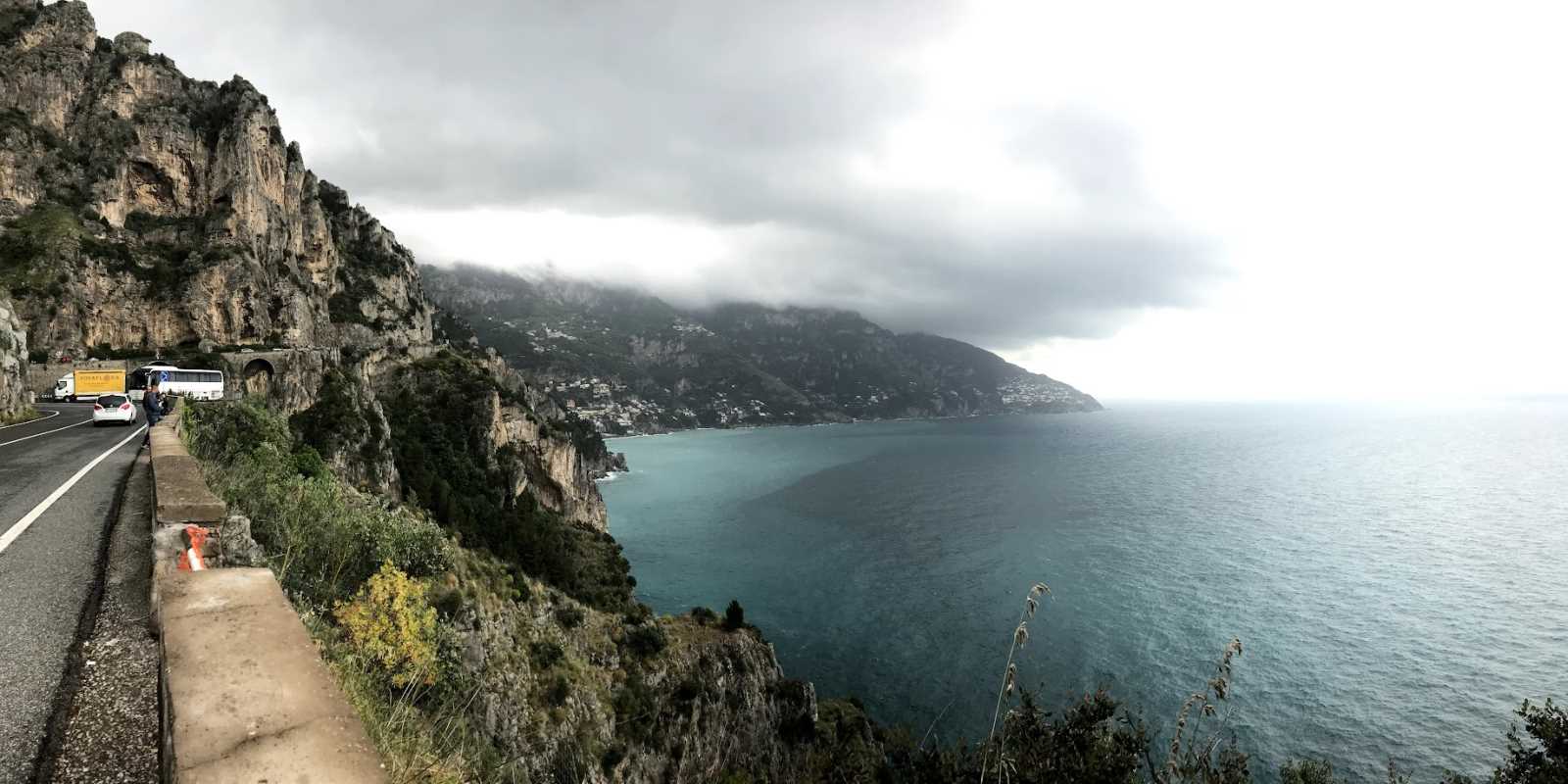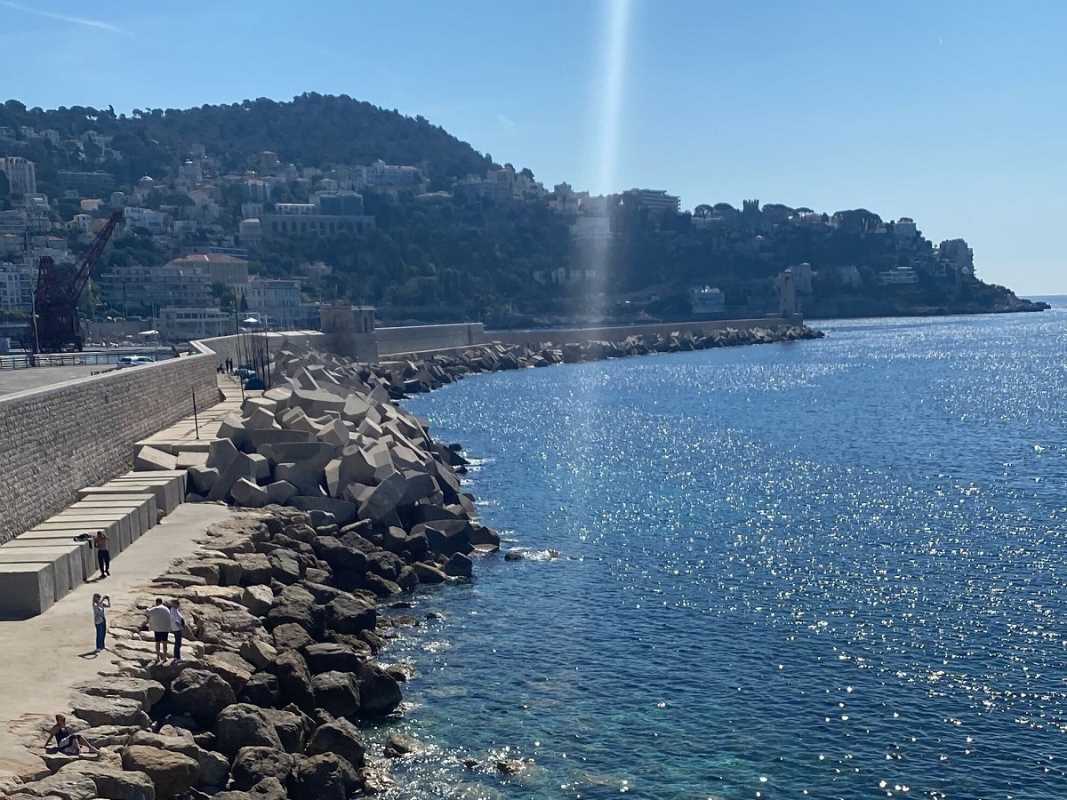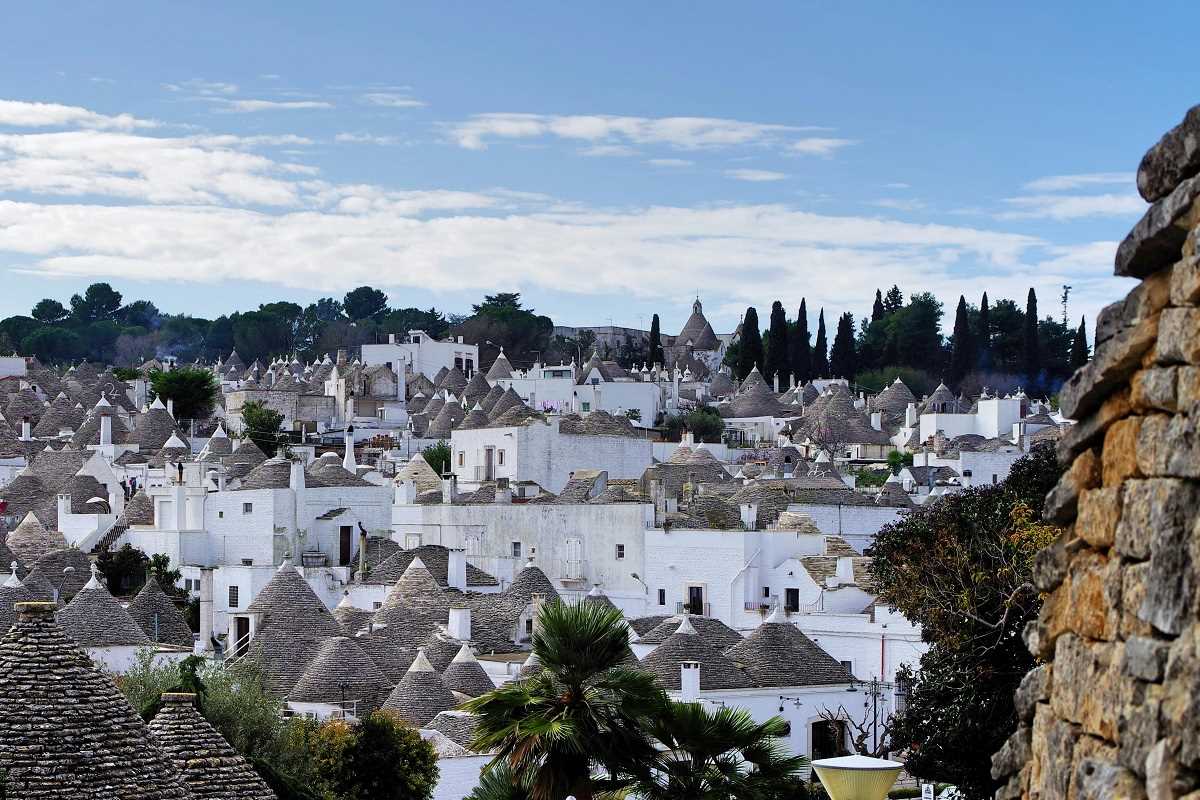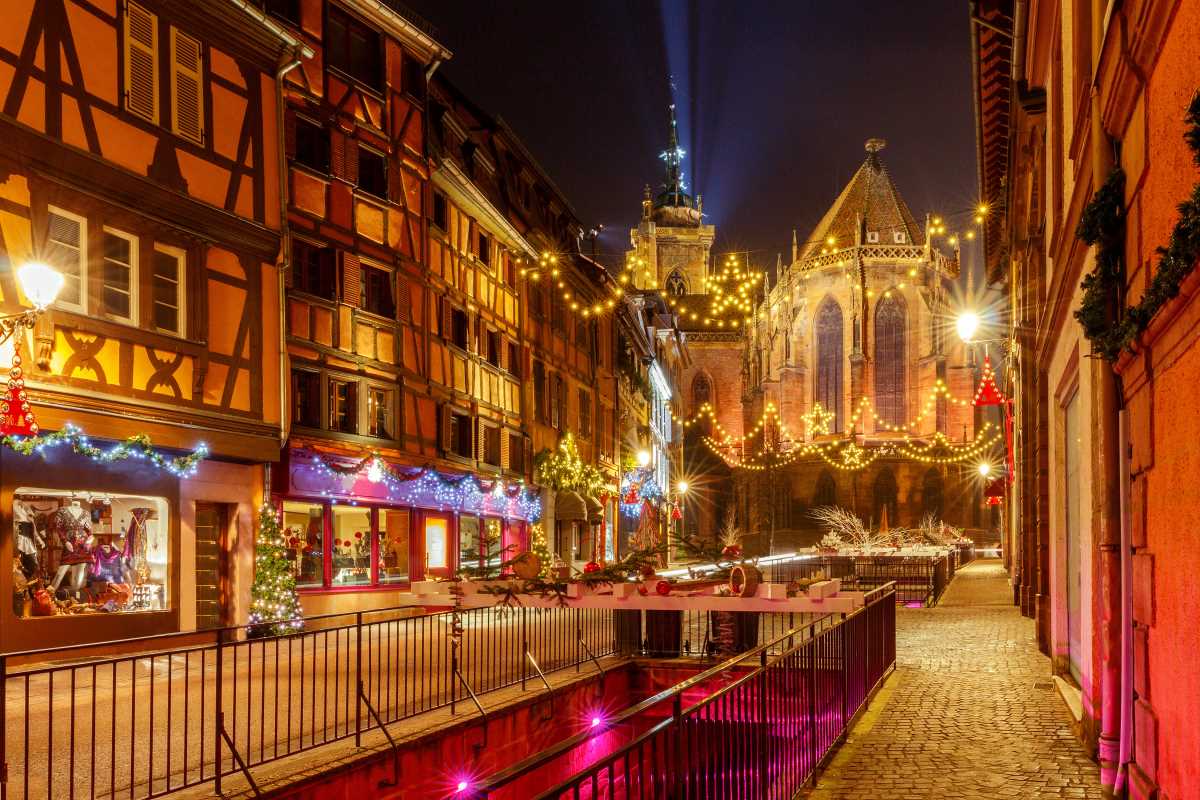Matera, perched in the southern Italian region of Basilicata, is a city like no other. Known as "la città sotterranea" (the underground city), it enchants visitors with its labyrinth of ancient cave dwellings, winding alleyways, and sprawling stone façades. Once a forgotten symbol of poverty, Matera has undergone a profound renaissance, earning its place as a UNESCO World Heritage site and being named the European Capital of Culture in 2019. Today, it stands as a testament to resilience, history, and the enduring spirit of its people.
The Sassi di Matera – A Carved Masterpiece
The centerpiece of Matera’s allure lies in the Sassi di Matera, an intricate network of ancient cave dwellings hewn from the limestone hills. These caves date back to the Paleolithic era, making Matera one of the oldest continuously inhabited human settlements in the world. For centuries, its residents lived in harmony with nature, carving homes, churches, and communal spaces directly into the rugged rock.
The Sassi are divided into two districts, Sasso Caveoso and Sasso Barisano, each offering a unique glimpse into Matera’s past. The dwellings reflect an ingenious use of natural resources; their proximity to an underground reservoir system ensured access to water even in the most arid conditions. Walking through the Sassi today is like stepping back in time. Along the uneven cobblestone streets, you’ll encounter preserved homes, rock-hewn chapels adorned with Byzantine frescoes, and an atmosphere of quiet wonder.
From Poverty to Global Recognition
Matera’s history is one of juxtaposition—its ancient architecture once represented a way of life that blended seamlessly with the land, but by the mid-20th century, these same caves became synonymous with extreme poverty. Families lived in cramped, windowless spaces without electricity or running water. Disease and malnutrition were rampant, prompting national outrage after writer Carlo Levi’s 1945 book, Christ Stopped at Eboli, shed light on the dire conditions of Matera’s inhabitants.
The Italian government relocated many residents to more modern housing in the 1950s, leaving the Sassi abandoned and forgotten for decades. But in the late 20th century, Matera began to reclaim its heritage. With UNESCO’s designation in 1993, the caves underwent revitalization. Local craftsmen, artists, and entrepreneurs breathed new life into the Sassi, transforming neglected ruins into boutique hotels, restaurants, and cultural spaces. When Matera was named the European Capital of Culture in 2019, it received global attention, solidifying its status as a cultural and historical treasure.
A Cinematic City
Over the years, Matera’s hauntingly beautiful backdrop has caught the eye of filmmakers around the world. Rugged cliffs, stone-carved dwellings, and an air of timelessness make it an ideal setting for historical and biblical epics. Most famously, Matera stood in for ancient Jerusalem in Mel Gibson’s The Passion of the Christ (2004). The city’s evocative landscape has also appeared in Ben-Hur and the James Bond film No Time to Die, among others. Matera’s cinematic appeal continues to draw visitors eager to immerse themselves in its storybook setting.
Modern Matera – Living History
While Matera honors its historical roots, it also embraces modernity, offering visitors a seamless blend of past and present. Many of the ancient caves have been repurposed as stylish accommodations, contemporary art galleries, and gourmet restaurants. Yet, despite the sleek interiors and modern amenities, the essence of Matera’s history remains palpable, allowing guests to experience the city’s “living history” firsthand.
What to See and Do in Matera
Whether you’re a history enthusiast, a lover of architecture, or simply someone searching for a unique travel experience, Matera has something to offer. Here’s what you shouldn’t miss:
1. Explore the Sassi
Wandering through the Sassi di Matera is a must. Take your time to soak in the details—the aged stone walls, the remnants of ancient frescoes, and the way sunlight interacts with the rugged terrain in different hues throughout the day. Guided tours are recommended for those who want to learn more about the city’s history.
2. Visit the Rock Churches
Matera boasts a number of rupestrian churches—ancient places of worship carved directly into the rock. Some of the most notable include:
- Santa Maria de Idris, dramatically perched atop a rock spur with its stunning views of the Sassi below.
- San Pietro Barisano, where intricate frescoes and stone carvings tell the stories of Matera’s early Christian communities.
- San Nicola dei Greci and Crypt of the Original Sin, known as the Sistine Chapel of cave paintings with its vivid 9th-century frescoes depicting biblical scenes.
3. Stay in a Cave Hotel
Matera’s cave hotels are unlike any accommodations you’ve experienced before. Properties like Sextantio Le Grotte della Civita offer luxurious rooms carved from stone, where modern comforts meet ancient design. Sleeping inside the same walls as early civilizations is an unforgettable experience that truly connects you to the city’s soul.
4. Visit Casa Grotta di Vico Solitario
This site offers a glimpse into Matera’s not-so-distant past. Casa Grotta is a faithfully reconstructed cave dwelling, complete with traditional 19th- and early 20th-century furnishings and tools. It provides valuable insight into the daily lives of Matera’s residents before their relocation in the 1950s.
5. Walk Along the Gravina Canyon
Nature lovers will enjoy a walk along the Gravina di Matera, a dramatic gorge that runs alongside the city. Adventurous travelers can hike across to the Murgia Timone plateau, where they’ll find stunning vistas of Matera and additional cave churches etched into the cliffs.
6. Enjoy Local Cuisine
Matera’s culinary scene is as rooted in tradition as its architecture. Don’t miss:
- Pane di Matera, the city’s famed bread baked from ancient grains and using traditional methods.
- Orecchiette pasta, often served with a savory tomato and basil sauce.
- Local cheeses and wines, particularly those produced in the surrounding Basilicata region.
- Restaurants like La Gatta Buia and Francesca pair authentic dishes with atmospheric settings within the ancient caves.
7. Museo della Civiltà Contadina (Museum of Peasant Culture)
This museum chronicles Matera’s agrarian past, showcasing artifacts and photographs that highlight the region’s rich history of farming and rural life.
Tips for Visiting Matera
- When to Visit: Spring (April to June) and fall (September to October) offer pleasant weather, making it easier to explore the city on foot. Summer months can be hot and crowded, while winter brings a quiet charm to the empty streets.
- Getting There: Matera is best accessed via Bari, located about 65 kilometers away. From Bari, you can take a train, bus, or taxi to the city.
- Wear Comfortable Shoes: The cobblestone streets and steep paths can be challenging. Opt for sturdy walking shoes to enjoy a hassle-free experience.
- Plan Ahead: Many attractions, such as the rock churches, have limited hours. Booking guided tours in advance ensures you make the most of your time.
Matera's Journey of Revival
Matera’s transformation from a shamed symbol of poverty to a celebrated hub of history and culture is a testament to its resilience. Its story is one of rediscovery—of uncovering the beauty that lies within its ancient walls and sharing it with the world.
Steeped in history, alive with culture, and imbued with a quiet magic, Matera is a destination unlike any other, where the past and present meld seamlessly. A visit to this timeless city is not just a trip; it’s a step into another world, one that will linger in your memory long after you leave.
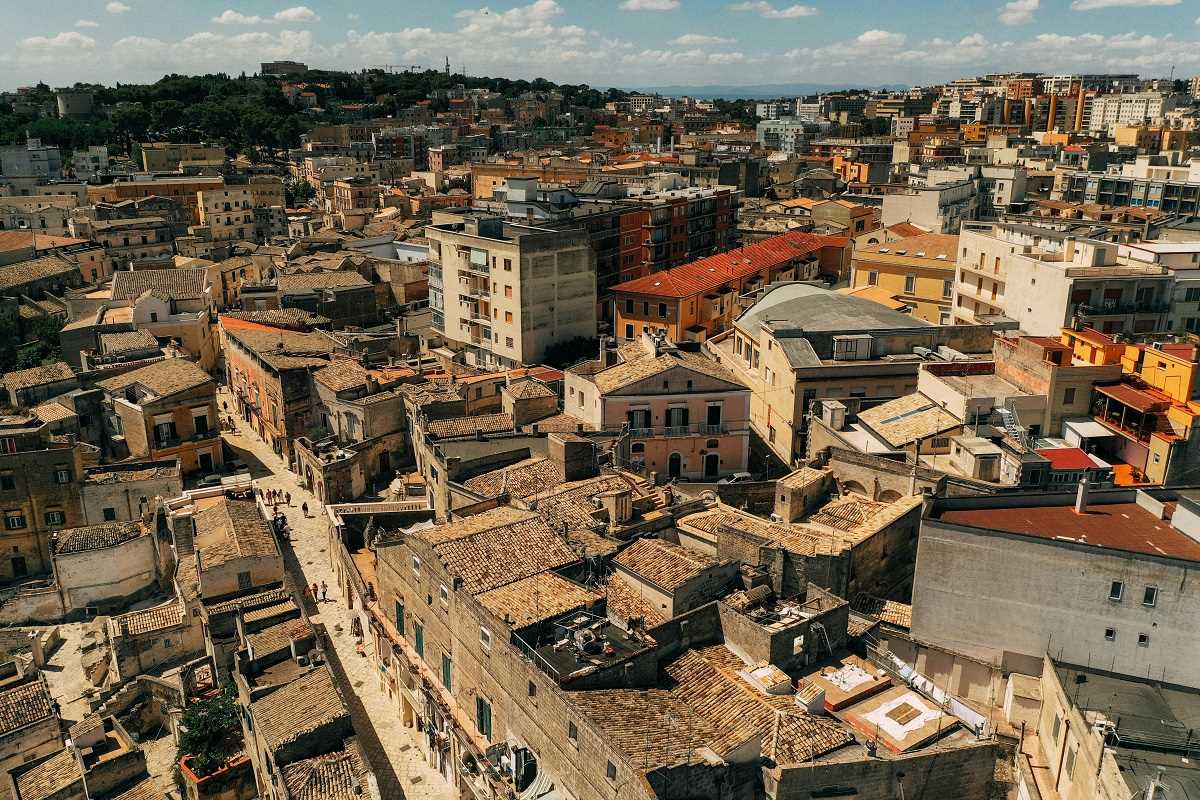 (Image via
(Image via